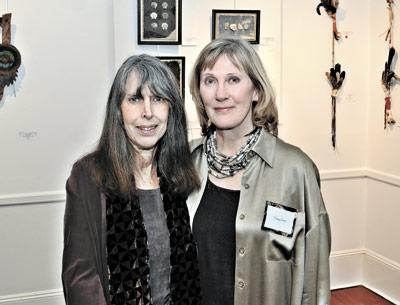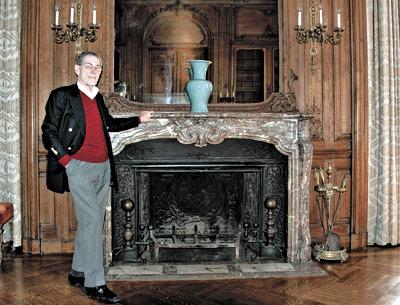The Art Scene: 03.20.14
The Art Scene: 03.20.14

Plein Air at Ashawagh
The Wednesday Group, an association of artists who meet on Wednesdays to paint en plein air at various East End locations, will show new work at Ashawagh Hall in Springs on Saturday and Sunday, with a reception Saturday from 5 to 8 p.m. Titled “Town and Country,” the exhibition will include New York cityscapes as well as local landscapes.
The Wednesday Group was founded five years ago by Gene Samuelson and Frank Sofo, who will be represented in the exhibition along with Anna Franklin, Peter Gumple, Jean Mahoney, Deb Palmer, Alyce Peifer, Joyce Silver, Christine Chew Smith, and Pam Vossen.
New Arts Council to Meet
Ashawagh Hall will be the site of a public meeting of the newly formed East Hampton Arts Council on Wednesday at 6 p.m. The council was founded to advise and assist the Town of East Hampton on issues regarding the performing, literary, and visual arts and to make the arts a more integral part of the community.
Jane Martin and Kate Mueth, co-chairwomen of the group, will explain the organization’s mission and discuss its future plans. Artists from all disciplines have been invited to attend and contribute their ideas for programs, workshops, exhibitions, possible venues here for artists’ use, and other ways the group can benefit the community at large and individual artists.
In addition to Ms. Martin and Ms. Mueth, the council members are Beth Meredith, Coleen McGowan, Janet Jennings, Loring Bolger, Carol Steinberg, Ralph Carpentier, and Scott Bluedorn. Sylvia Overby is the liaison to the town board.
Crazy Monkey Winners
The Crazy Monkey Gallery in Amagansett has announced the winners of its ninth annual art competition. Mark E. Zimmerman was named best in show, for which he will be given a solo exhibition at the gallery later this year. Andrea McCafferty was voted most original, while Lance Corey was deemed most thought-provoking. Runners-up included Barbara Bilotta, Lance Corey, Jim Hayden, and Daniel Schoenheimer.


